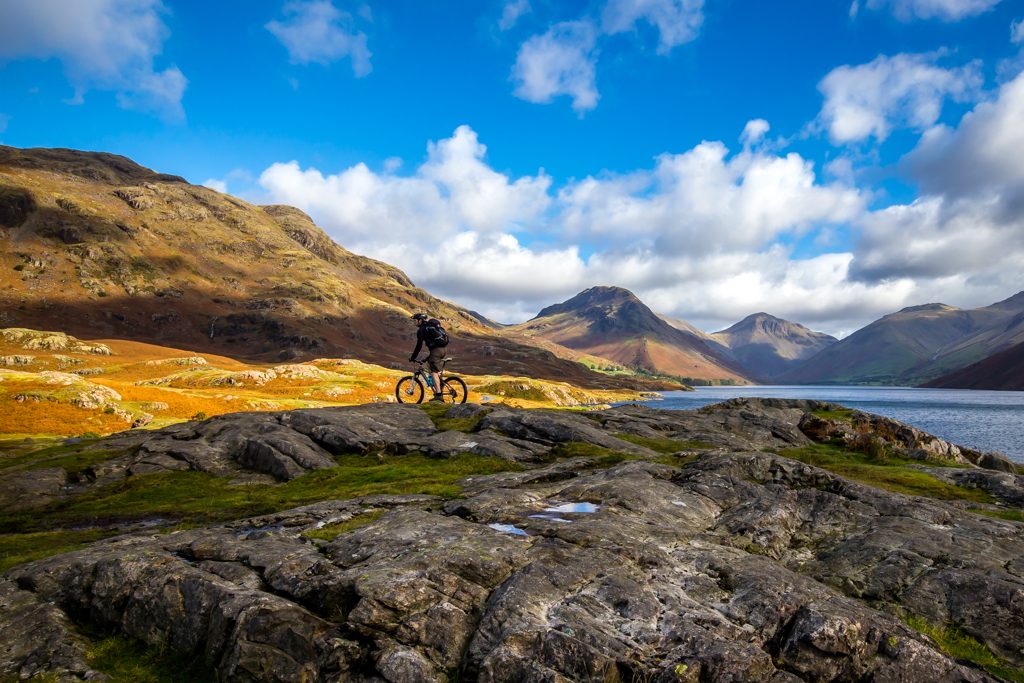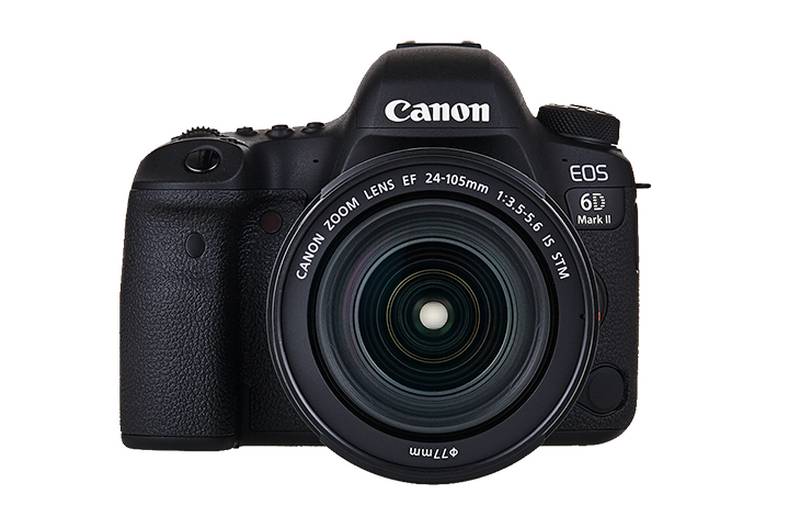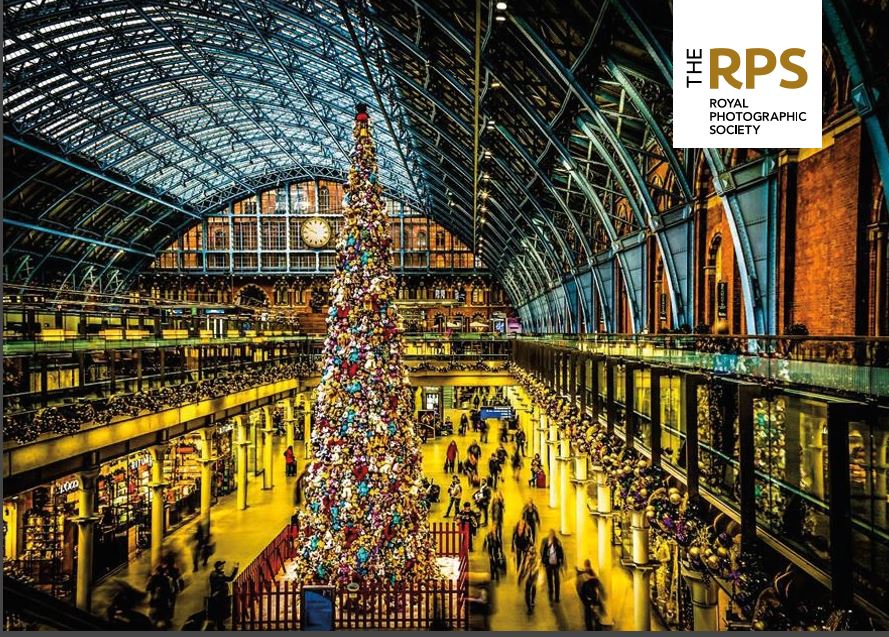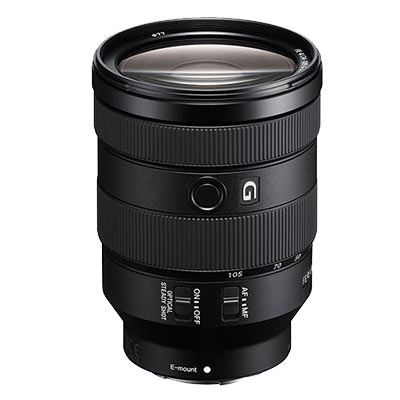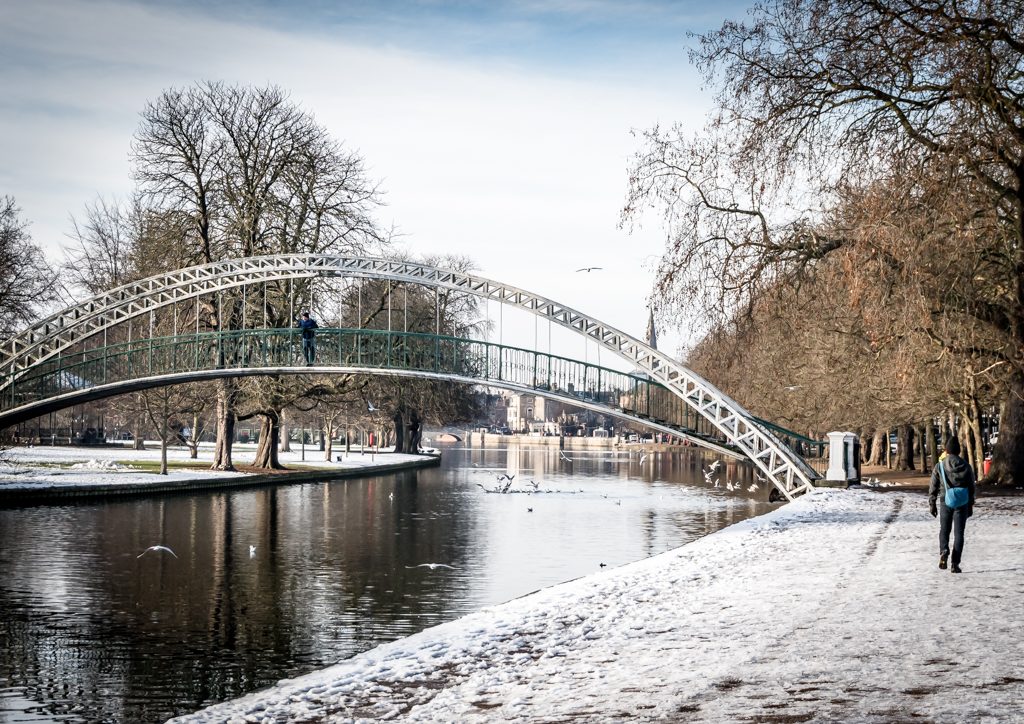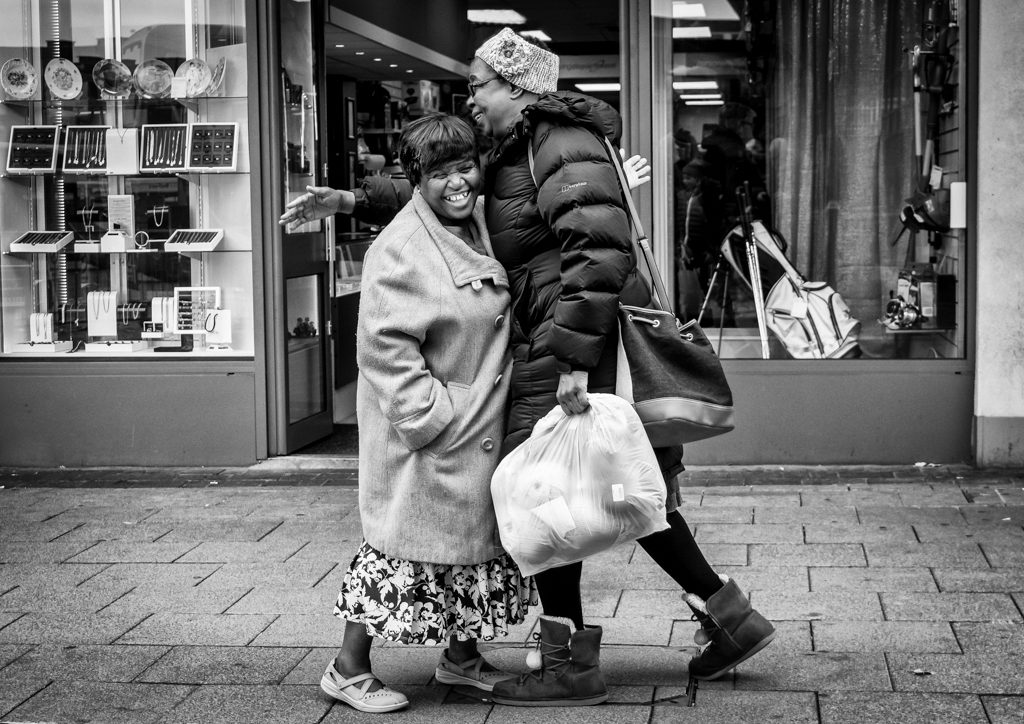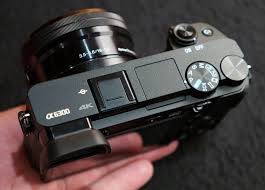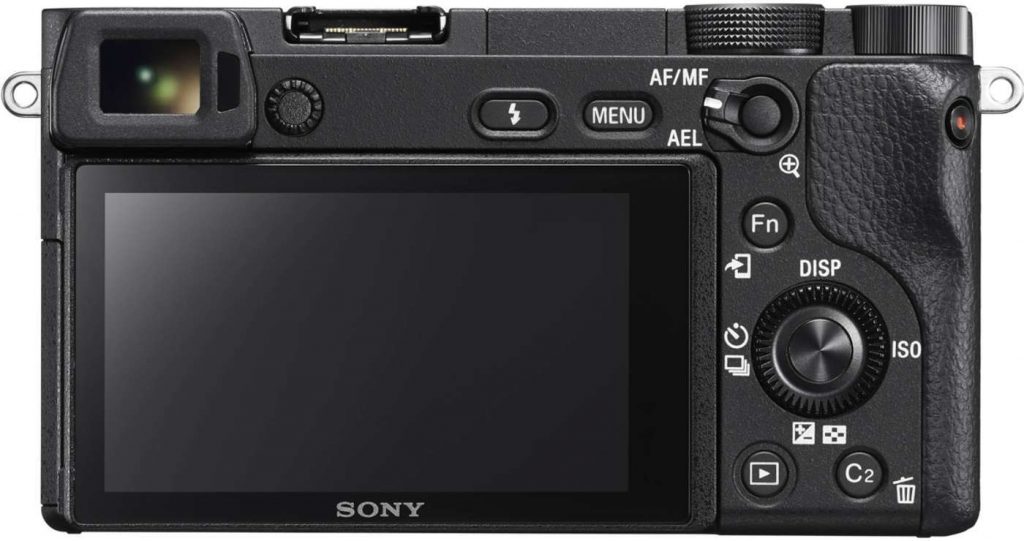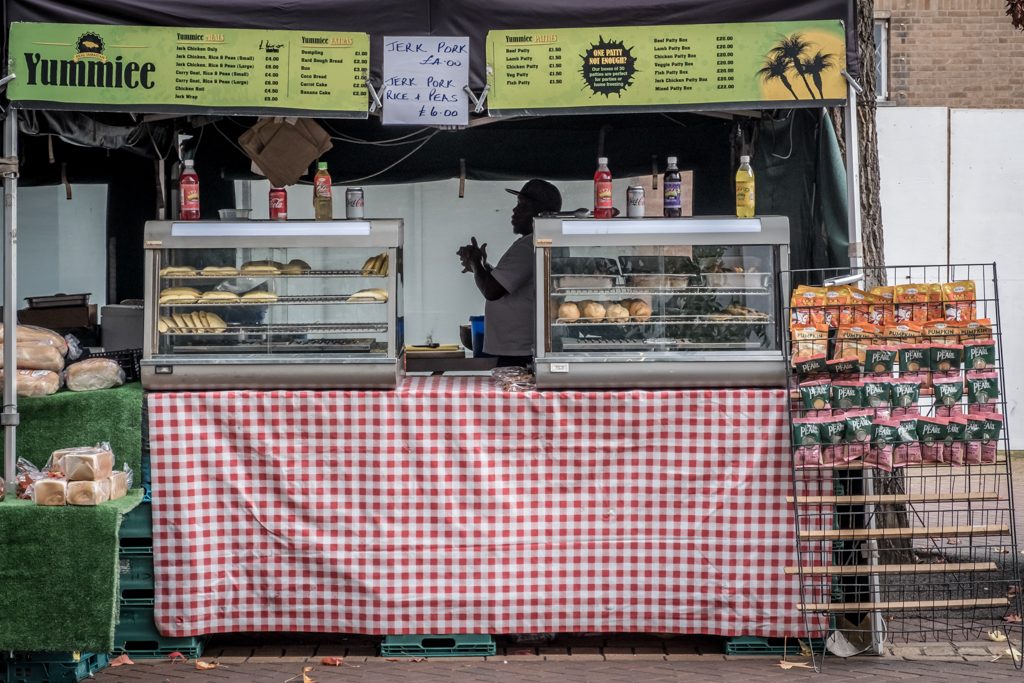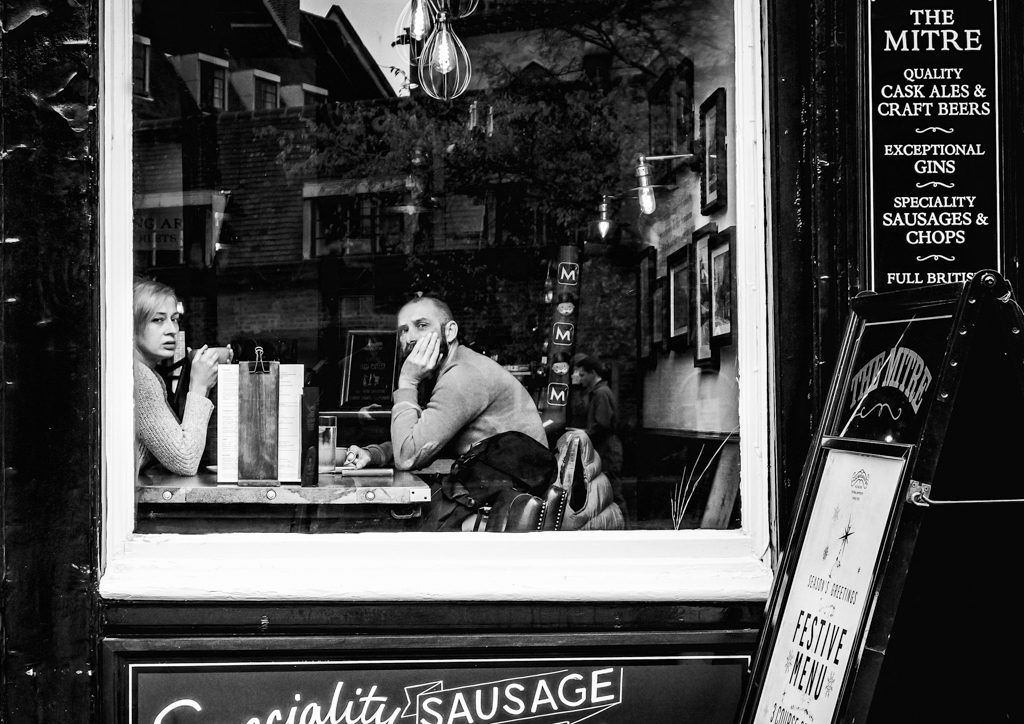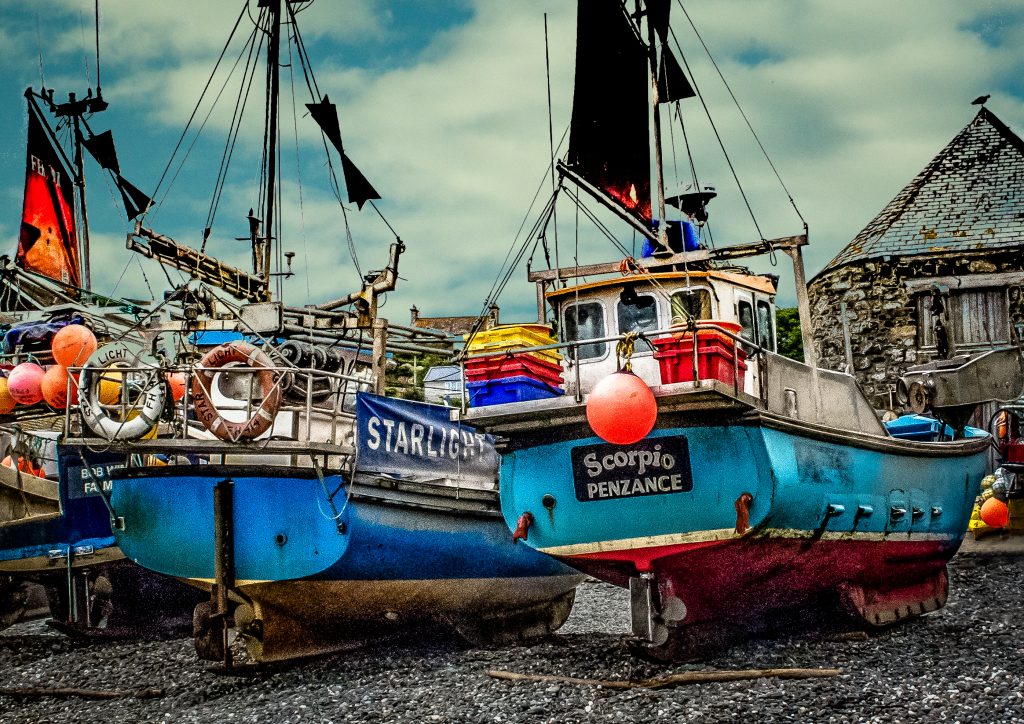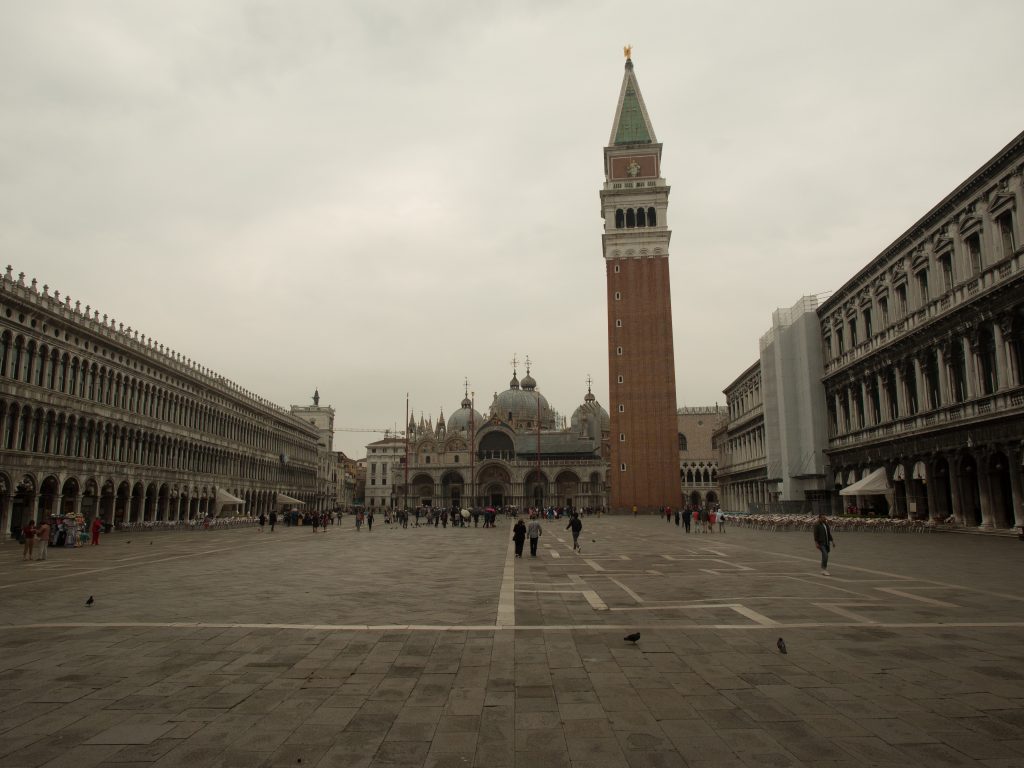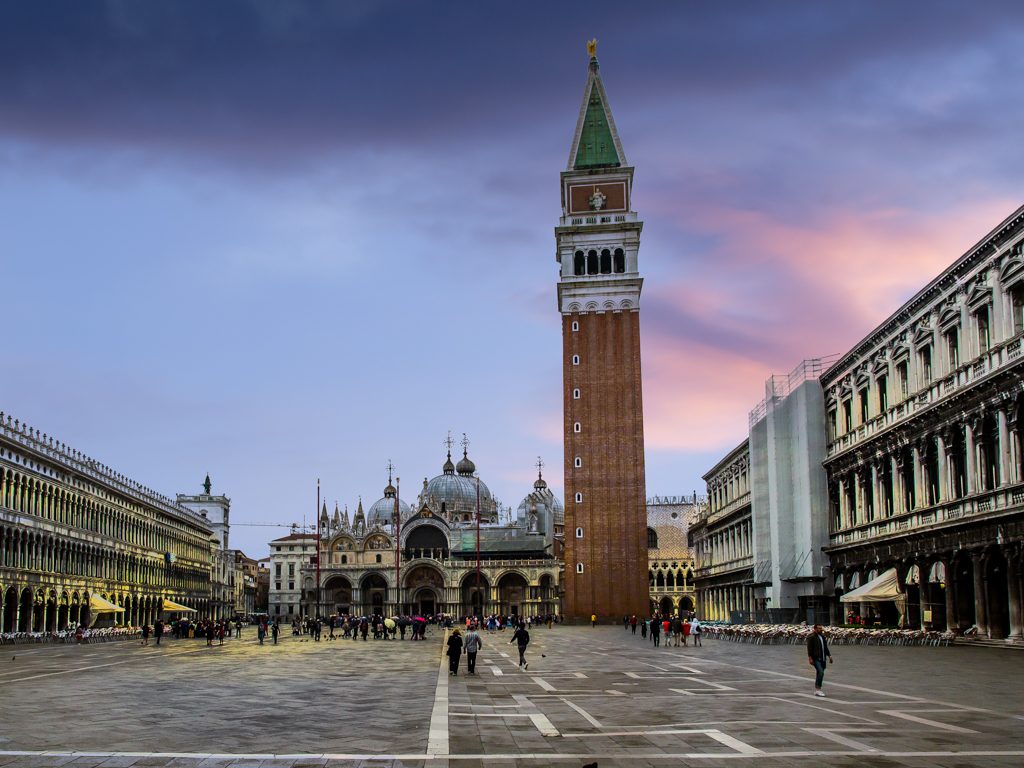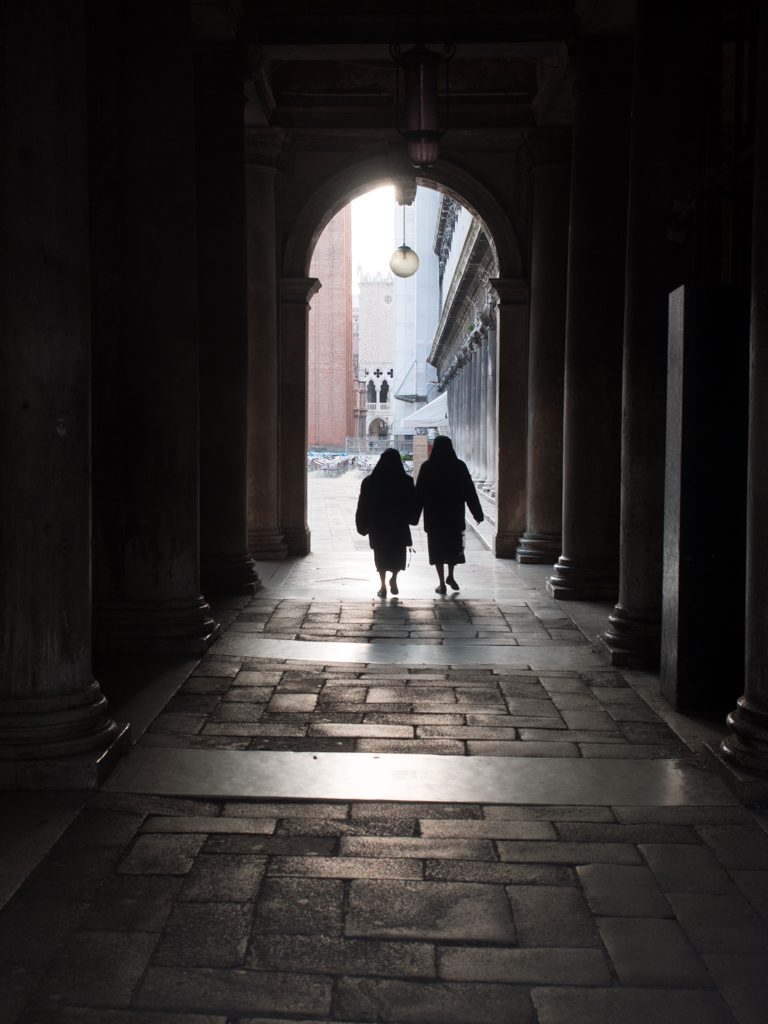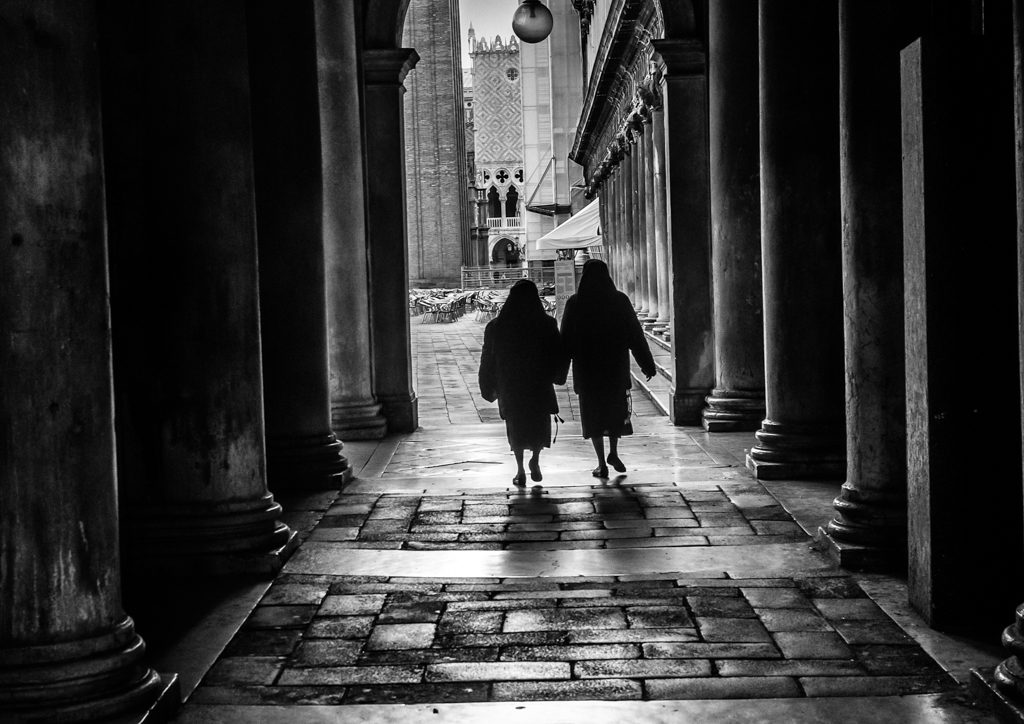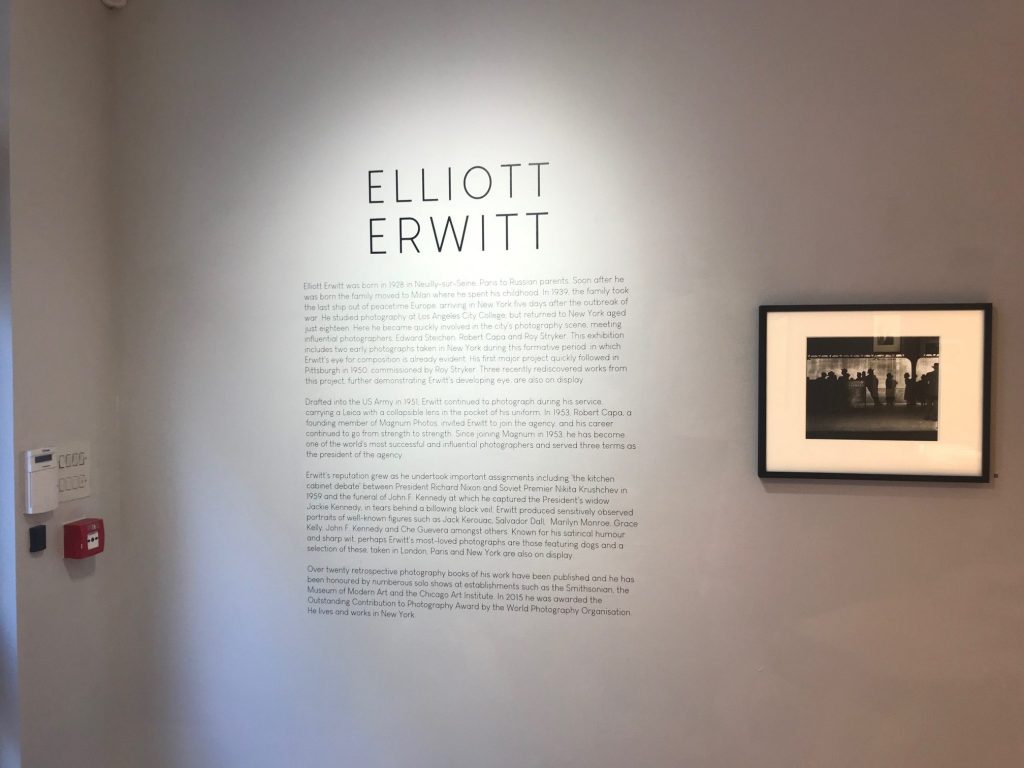
Elliot Erwitt
At Huxley-Parlour, there is an exhibition of the work of Elliot Erwitt until Feb 17th. If like me you are a bit fuzzy about his photography, enter the gallery and walk straight ahead until confronted by a sublime portrait of Marilyn Monroe. Priced at between £4000 and £11,500 depending on the size, signed and a direct silver gelatin print from the original negative. You will be convinced you should buy it whether you can afford it or not.
I have collected some of the images in the exhibition here.
Erwitt was one of the first to join Magnum Photos in 1953 and was in the distinguished company of Capa, and Cartier-Bresson. Erwitt throughout his career carried a ‘hobby’ camera, a Leica M3 with a 50mm standard lens, loaded with Kodak Tri-X or Ilford HP4 film. He called these pictures his ‘snaps’, captured with humour, sarcasm and incongruity. He was a street photographer before the term was invented, just using the power of his own observation.
photography is an art of observation. It has little to do with the things you see and everything to do with the way you see them.
Elliot Erwitt
